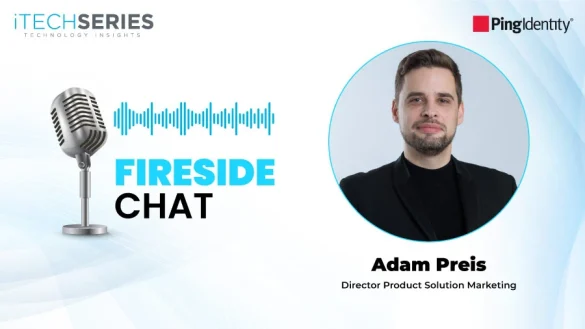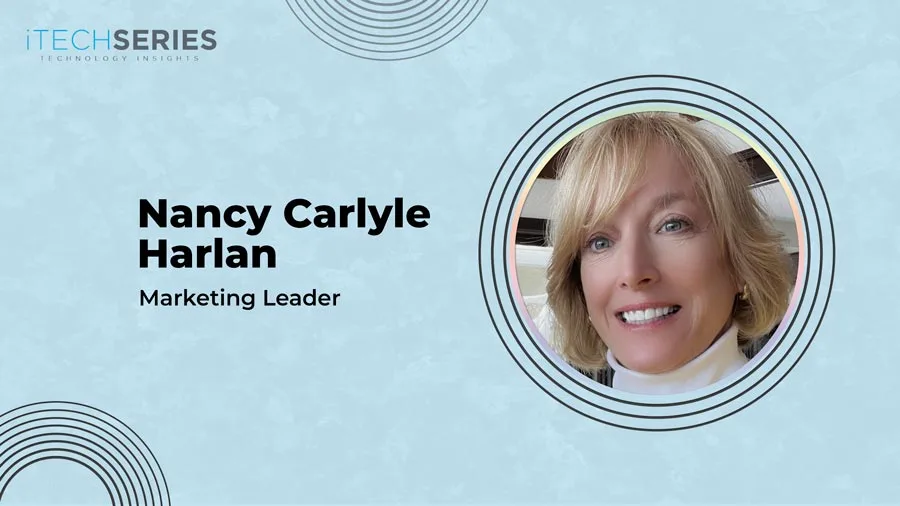Sara Kao, Director of APJ Marketing at SolarWinds, reflects on her 25-year journey in the tech industry spanning APJ, the US, and global markets. In this conversation, she delves into balancing brand and demand, scaling personalization, leveraging AI with creativity, and how data, cultural nuance, and collaboration drive impactful go-to-market strategies across diverse regions.
Could you tell us about yourself and your journey as a go-to-market leader?
I’ve been in the tech industry for over 25 years across APJ, the US, and global markets. I started my career in tech marketing because I’ve always been fascinated by how innovation and creativity can transform businesses and industries, but only if it reaches the right audience with the right message and at the right time. Over the years, I’ve been fortunate enough to work with leading technology companies and incredibly talented teams in building and scaling go-to-market strategies that drive business growth, market leadership, and measurable demand.
With evolving platforms and trends, how do you ensure your marketing strategy remains relevant and impactful?
Staying relevant in today’s fast-changing tech world requires a marketing strategy that constantly adapts. To do this, enterprises need to build their strategy on the foundation of solid data and relevant industry insights. Data from the SolarWinds 2025 IT Trends Report revealed that 38% of IT professionals still lack confidence in managing AI, highlighting the need for educational content that balances technical depth with actionable insights. This data-informed approach also extends to market analysis; the Asia-Pacific application performance monitoring (APM) market is currently growing at a CAGR of 16% from 2024 to 2030. This rapid growth influences how products are positioned in the region, ensuring the strategy is aligned with macro-market opportunities.
This data-driven foundation is complemented by staying attuned to customers, partners, and the broader market. Trends like agentic AI and hybrid cloud adoption are reshaping how IT leaders engage with vendors, making it crucial to prioritize customer intent and tailor messaging in accordance with behaviors. Platforms like SolarWind’s THWACK® also provide real-time information on practitioner challenges, ensuring that marketing efforts are grounded in user priorities rather than just being aware of trends.
What are some of the biggest challenges and opportunities in executing integrated marketing campaigns across different regions, such as Japan, India, and ANZ?
Each market in APJ presents unique opportunities, and marketing effectively across these regions requires a careful balance between global narratives and local nuances.
In India, a digital-first approach and thought leadership on emerging tech, such as AI-powered observability, see strong traction. Our opportunity lies in leveraging global narratives, then empowering regional teams to localize execution with cultural fluency. Region-specific information, like how India’s AI market is projected to reach $17 billion by 2027, or APAC’s push toward cloud-native operations, helps make the message more relevant for a diverse set of audiences. In Japan, relationship-driven engagement and high-quality, localized assets are critical due to a more risk-averse business culture, while Australia and New Zealand (ANZ) markets blend maturity with a high appetite for innovation. The challenge is designing campaigns that are cohesive yet regionally nuanced. Language, regulatory frameworks, and channel preferences differ widely.
What’s your approach to blending scalable marketing automation with meaningful, personalized outreach at scale?
Advanced automation tools must be utilized to segment audiences, orchestrate messaging, and manage campaigns efficiently, but one thing they cannot replicate is personal connection. Personalization is powered by robust data integration and dynamic content strategies, often enabled by AI-driven insights. This is a critical focus, as about 76% of consumers say that personalized communications are a key factor in prompting their consideration of a brand. This includes ensuring that every touchpoint, whether through email, ads, or the SolarWinds website itself, reflects where the user is on their journey. The ultimate goal is to deliver timely, relevant messages that build trust, using technology to empower human creativity rather than replace it.
“Staying relevant in today’s fast-changing tech world requires a constantly adapting marketing strategy built on a foundation of solid data and relevant industry insights.”
How do you balance long-term brand-building with the need to deliver short-term demand and pipeline growth?
The approach is not to view brand and demand as opposing forces but as interdependent elements working together to create a balanced marketing effort. Challenges like operational complexity and lack of confidence in addressing core issues persist, with 90% of IT professionals considering their organizations to be resilient, but fewer than half feel adequately prepared to handle fundamental obstacles related to workflow, staffing, and remote workforces. This presents a clear opportunity for long-term brand-building, which must center on operational resilience and position SolarWinds as a strategic partner in driving operational excellence. For short-term success, high-efficiency demand campaigns, like localized webinars and thought leadership pieces, can be deployed.
These sustained efforts together build credibility and differentiation over time, creating lasting customer relationships. True effectiveness lies in orchestrating both elements while staying focused on demand generation and conversions. This integrated approach not only speeds up the sales cycle but also strengthens customer loyalty, positioning SolarWinds as the go-to option for AI-powered observability in a competitive and rapidly evolving technology landscape.
What metrics or indicators do you prioritize to measure the success of your multi-channel demand generation campaigns?
We prioritize a blend of leading and lagging indicators to measure the success of our campaigns. Leading indicators focus on measuring engagement depth, such as time spent on the website, form fill rates, and a user’s progression across their journey. On the lagging side, the focus is on business outcomes, tracking metrics like the conversion velocity from MQL to a closed-won deal.
How should marketers approach incorporating AI-enabled tools into their tech stack without impacting human creativity?
Today, AI adoption is widespread, with 88% of marketers relying on AI in their roles, but it is essential to recognize that AI cannot be a substitute for human creativity. AI should be used to empower marketers to focus on storytelling, empathy, and strategic thinking, which are tasks that truly require human ingenuity. AI should instead be deployed for tasks like intelligent segmentation, content optimization, and performance analytics, freeing marketers from repetitive work.
A crucial part of this strategy is ensuring AI remains transparent and adjustable. This means marketers must understand how AI-driven insights are generated and maintain human oversight to refine or override outcomes when necessary.
What key advice would you offer to aspiring marketers on cultivating and leading high-performing teams?
To cultivate and lead high-performing teams, the focus must be on building trust, clarity, and continuous learning. Team members should be empowered to prioritize customers and back their decisions with data and feedback, while also being encouraged to be creative and experimental. Leaders must listen deeply and lead with empathy, create an environment where bold ideas are welcomed, and ensure every team member understands the purpose behind their work, not just the metrics.
Fostering a culture of transparent communication and collaboration is equally crucial. Leaders should set a clear vision, articulate it openly, and provide teams with autonomy to experiment with bold ideas and grow. Flexible team structures and ongoing upskilling are also becoming increasingly important, as 78% of marketers report that upskilling is necessary for staying competitive in the digital landscape. The most resilient, high-performing teams are united by a shared purpose and mutual support, recognizing that people are a company’s strongest asset.
About Sara Kao
Sara Kao is a dynamic, goal-oriented marketing leader with 25 years of experience in marketing and business development across APJ, the US, and global markets. Skilled in crafting integrated strategies that drive revenue, she excels at motivating diverse teams and leveraging digital platforms to generate demand. Fluent in English and Mandarin, Sara has led global go-to-market initiatives for leading tech companies, consistently delivering growth, market leadership, and measurable results.











